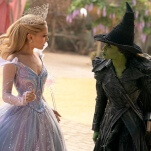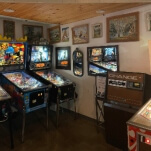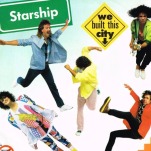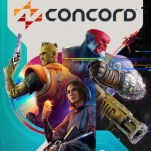For more than a decade now, Tetsuya Mizuguchi has created his uniquely artful, marginally successful videogames, most famously Lumines, the techno-themed puzzler for the PlayStation Portable. His most infamous game is Rez, an obscure shooter that gained notoriety largely because of the absurdly high prices it once fetched on eBay. (It’s now widely available via Xbox Live Arcade as Rez HD.)
Child Of Eden’s premise: In the future, the first human born in outer space—Lumi, the doe-eyed Björk clone featured in the game’s opening sequence—becomes a kind of Jesus figure. After Lumi’s death, her memories are archived as data. Scientists attempt to recreate her using these memories. But somehow, the Internet, now redubbed Eden, has become corrupted, and this virtual version of Lumi is lost and being threatened in Eden. Or something.
Once the game begins, things become more transparent. By manipulating a targeting reticule, you must destroy a seemingly endless stream of colorful creatures, all of which resemble some variation on virtual jellyfish, and usually look about as harmless. As in Rez, enemies rarely fire back here. You choose from two attacks: a target-release missile attack (A button) and a less-damaging machine-gun attack (X button). Whenever the screen becomes overly cluttered with enemies, the B button will release the game’s version of a screen-clearing smart bomb, which is known, in the game’s silly dance-club vernacular, as Euphoria.
This may all sound eerily like Rez, because that’s exactly what Child Of Eden is: a Rez do-over with sharper, trippier visuals and Kinect functionality. Using Kinect provides the game’s biggest draw. While there are a few sorcerer’s-apprentice moments when hand gestures wreak all manner of havoc onscreen, there are still far too many frustrating miscues when the Kinect cameras are inexplicably unable to register anything, which will be enough to make most gamers switch back to the conventional Xbox controller.
Like Rez, Child Of Eden hustles and sweats in the name of convincing us that we’re doing something interesting, exciting, artful, and purposeful. But strip away the neon visuals and the doomp-doomp-doomp of the soundtrack, and you’re left with a pretty but woefully undercooked shooter.






































